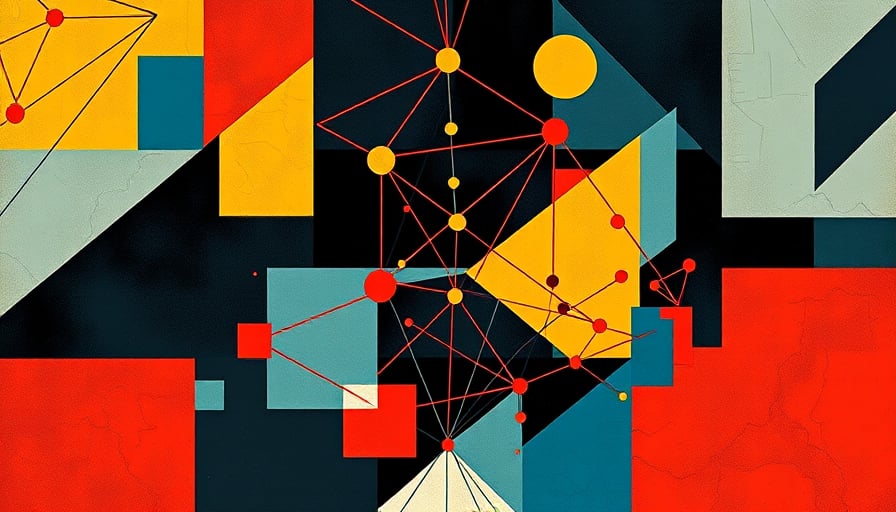USDC’s Expanding Footprint in 2025: Adoption, Incentives, and Institutional Momentum
The digital‑dollar stablecoin USDC continues to deepen its presence across a spectrum of ecosystems, from decentralized finance (DeFi) incentive programs to institutional banking solutions. Its price has remained remarkably anchored around the $1 peg, trading at $0.999828 as of October 8, 2025, and its market capitalization exceeds $75 billion. Below is a concise overview of the latest developments that illustrate how USDC is carving out a broader role in both the consumer and institutional arenas.
1. Global Spend Enabled on Algorand
On October 10, Algorand announced that its network now supports USDC‑backed payments worldwide. The move, highlighted by Dailycoin, is expected to boost Algorand’s adoption by enabling merchants and users to transact in a stable, dollar‑denominated token without the volatility that plagues other cryptocurrencies. The announcement coincides with a speculative spike in ALGO price, as traders anticipate higher on‑chain activity and increased liquidity for USDC on the Algorand blockchain.
2. Circle’s Vision of “Email‑Like” Dollar Transfers
Circle’s president, Heath Tarbert, underscored the company’s commitment to making USDC the “most easy‑to‑use digital dollar.” Speaking on TheStreet, Tarbert emphasized that the stablecoin’s infrastructure should allow users to transfer value with the same frictionlessness as sending an email. This ambition dovetails with Circle’s ongoing efforts to expand institutional partnerships and regulatory compliance, positioning USDC as a bridge between fiat and crypto.
3. HoudiniSwap Introduces POINTLESS – A New DeFi Incentive Model
The DeFi layer witnessed a fresh innovation on October 8 when HoudiniSwap launched POINTLESS, the first private incentive program that rewards users directly rather than through traditional points or governance tokens. While the program’s mechanics are tailored for DeFi users, its use of USDC as a reward currency signals the stablecoin’s growing utility beyond simple payments. By simplifying incentives, POINTLESS may lower entry barriers for newcomers and encourage higher liquidity provision on cross‑chain swaps.
4. Binance’s Flexible Products Offer Up to 8 % APR
Binance’s announcement of the USDC Reward Program introduced a series of flexible earning products with attractive yields. From October 10 onward, users could earn up to 8 % annual percentage rate (APR) on USDC deposits. The promotion is part of Binance’s broader strategy to attract and retain liquidity, particularly in a market where traditional savings rates remain low. The high APR reflects competitive pressure among exchanges to offer better returns on stablecoin holdings.
5. Binance Spot Trading Feast Boosts Engagement
Coincu reported that Binance is hosting its Spot Trading Feast for October, offering $250,000 worth of USDC voucher prizes. The initiative aims to stimulate trading volume and reward active participants. By leveraging USDC as a prize, Binance reinforces the stablecoin’s role as both a transactional medium and a value‑accumulation tool within the exchange ecosystem.
6. Institutional Adoption: Peruvian Bank BCP
On October 9, Banco de Crédito del Perú (BCP) became the first Peruvian bank to provide regulated crypto access, allowing select clients to buy and hold Bitcoin and USDC. The pilot, announced on Cointelegraph, is a landmark for Latin America, signaling that central‑bank‑regulated environments are increasingly open to stablecoin integration. BCP’s move could pave the way for broader institutional acceptance of USDC in emerging markets.
7. Broader Market Context
While the focus above centers on USDC, several contemporaneous market dynamics provide useful context:
- Bitcoin and Ethereum volatility remains high, yet USDC’s stable peg continues to attract risk‑averse investors.
- Centralized exchanges such as Binance and Coinbase are actively promoting USDC through rewards and trading contests, reinforcing its liquidity.
- Regulatory developments—including the Trump‑backed GENIUS Act—may influence institutional confidence in stablecoins, with USDC positioned as a compliant alternative to unregulated tokens.
8. Looking Forward
USDC’s recent trajectory indicates a dual strategy: deepening on‑chain utility through projects like Algorand and HoudiniSwap, while expanding institutional access via banks like BCP. The stablecoin’s price stability, coupled with attractive yield products from major exchanges, suggests that USDC will remain a cornerstone of digital‑dollar infrastructure in the coming months. Stakeholders across the ecosystem should monitor upcoming regulatory announcements and product launches, as these will shape USDC’s role in both consumer and institutional finance.
